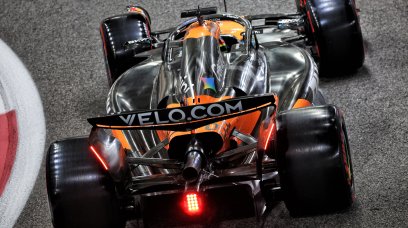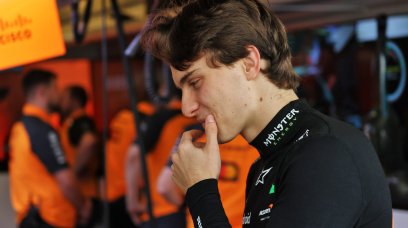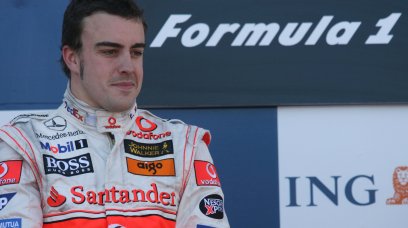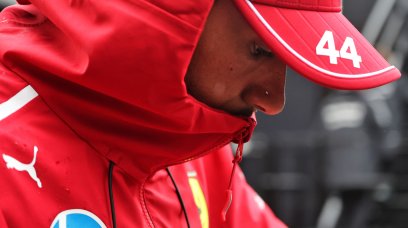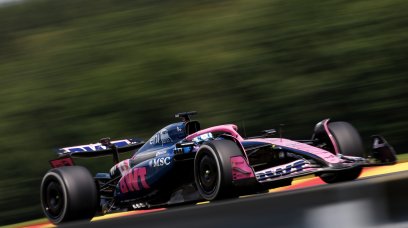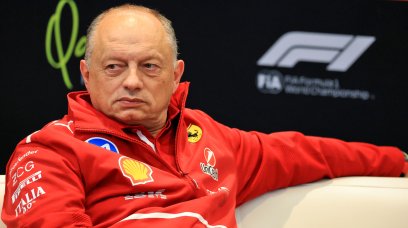Logan Sargeant will begin the Japanese Grand Prix from the pit lane and with a 10 second time penalty after Williams was found to have built "more than an assembly comprising a survival cell". The American rookie crashed out of qualifying at the final corner in Q1 to place himself last on the grid as pressure grows on his future presence on the grid. Williams was forced into major repairs which included a chassis change, such was the damage caused in the contact with the barriers. Whilst spare chassis are allowed to be taken from race to race by teams, only the survival cell is permitted to be made up, with the rest of the car having to be built-up in the aftermath of the crash. However, the FIA Technical Delegate found that more than the survival cell had been built up, in essence constituting the use of a third car by Williams under the governing body's framework. The pit lane start was determined by the changes to Sargeant's car under parc fermé conditions, with the additional 10-second penalty taking into account the use of a third car.
"The Technical Delegate reported to the Stewards (document 28) that the competitor worked on the car two hours after the chequered flag," read the stewards' report. "The report mentioned that the relevant chassis was assembled to more than an assembly comprising a survival cell as defined in Article 27.2 of the Formula One Sporting Regulations and therefore has to be considered as a third car available to the competitor. "In his further report document 29, the Technical Delegate explained that during parc fermé parts of different specifications from the ones originally used during Q1 were fitted. "After hearing from the competitor, the Technical Delegate and the Single Seater Director, the Stewards came to the conclusion that during qualifying (Q1), the Williams Racing car number 02 suffered an accident where Chassis 01 got damaged beyond repair. "Following the qualifying session, Chassis 03 was then assembled to a level exceeding that defined in Article 27.2 of the Sporting Regulations, which defines the state of assembly for a Chassis to be considered to be a car. "The Williams Racing team was therefore found to be in breach of Article 27.1 of the Sporting Regulations, which states that each Competitor may not have more than two cars available at any time during a Competition. "Furthermore it should be noted that the available working time during Parc Fermé for the assembly of a complete car is limited, and hence in case of severe accident, this may jeopardise the participation of a car in the race. "It is also noted that car 2 has been subjected to a change of specification, and therefore, under Article 40.9 is due to start the race from the pit lane in any case for a different offence. "According to TD 021/Issue G dated on 22/08/23 the minimum penalty for an offence will be a start from the pit lane. In addition to this, a further penalty may be imposed by the Stewards. "As a start from pit lane is already imposed for the modification of parts, a further penalty for having a third chassis available was appropriate."
Most read
